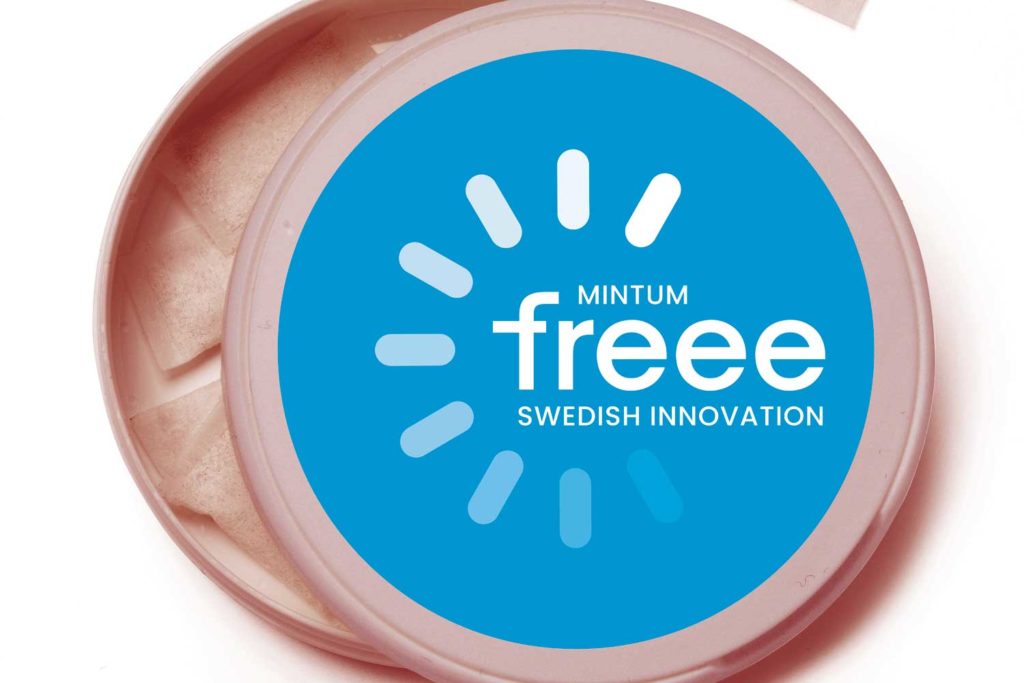
The American Cancer Society is concerned about the growing popularity of nicotine pouches.
Overall U.S. sales of nicotine pouches increased during 2019–2022, according to a new study published in the Journal of the American Medical Association (JAMA) Network Open. The data also showed sales of 8 mg nicotine concentration level (highest available) products rose more rapidly than those with different concentration levels.
“Our findings are important as nicotine is a highly addictive substance. The growing popularity of nicotine pouches may increase the risk of children finding these products to be attractive and risk-averse health outcomes and addiction to nicotine,” said Nigar Nargis, senior scientific director of tobacco control research at the American Cancer Society and senior author of the study, in a statement. “Health campaigns warning of potential adverse health outcomes of nicotine pouches are needed.”
Study authors analyzed data comprising weekly Nielsen IQ Retail Scanner point of purchase sales from August 2019 through March 2022 for 2,182 local trade areas in the contiguous 48 states and Washington, D.C. Sales trends of four nicotine pouch brands (Zyn, Rogue, On! and Velo) were analyzed.
The results showed overall sales increased from 126.06 million units from August to December 2019 to 808.14 million units from January to March 2022. Zyn (58.8 percent) led the overall unit share followed by On! (24.6 percent), Velo (12.1 percent) and Rogue (4.8 percent) during the study period. Zyn sales peaked in September 2021 and increased more than other brands from October 2021 to March 2022; however, Rogue sales increased more rapidly than all other brands.


















